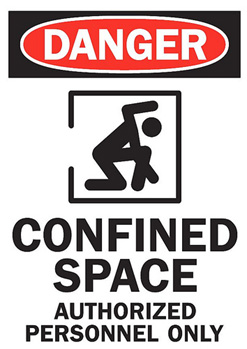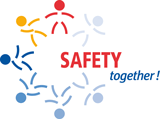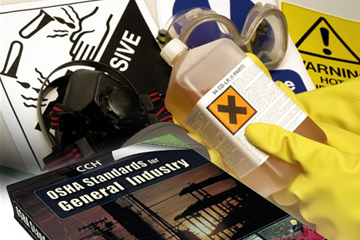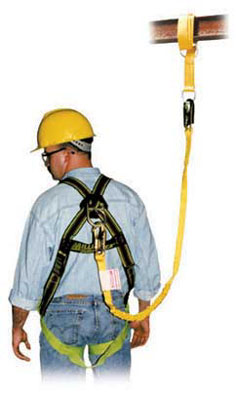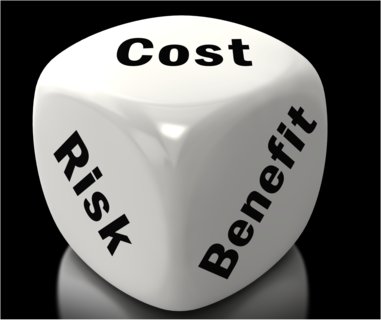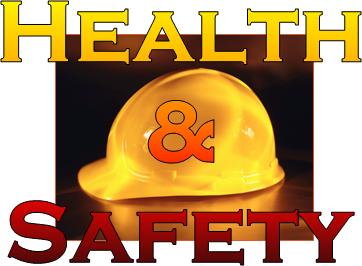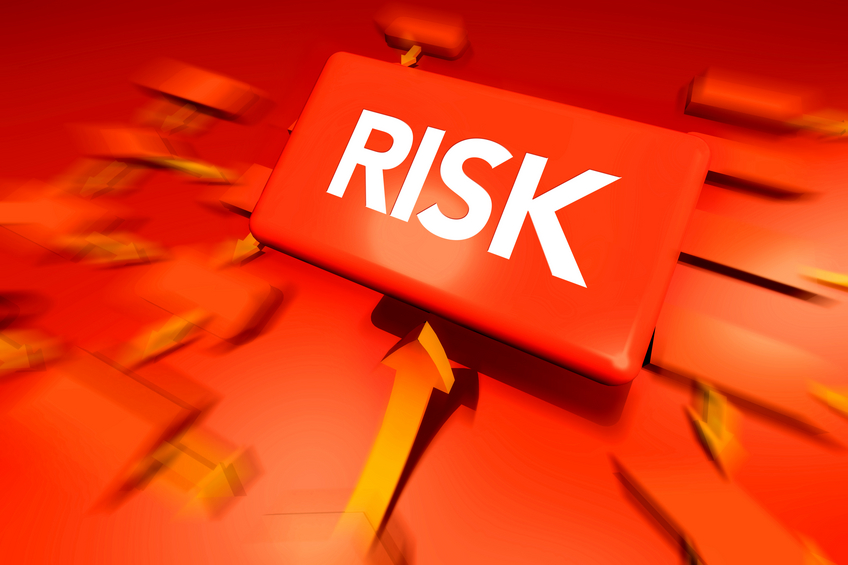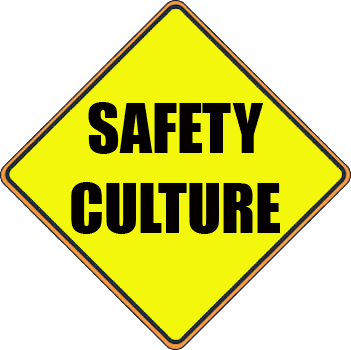 Why do you want a strong safety culture?
Why do you want a strong safety culture?
It has been observed at the OSHA VPP sites and confirmed by independent research that developing strong safety cultures have the single greatest impact on accident reduction of any process. It is for this single reason that developing these cultures should be top priority for all managers and supervisors.
What is a safety culture – how will it impact my company?
Safety cultures consist of shared beliefs, practices, and attitudes that exist at an establishment. Culture is the atmosphere created by those beliefs, attitudes, etc., which shape our behavior. An organizations safety culture is the result of a number of factors such as:
- Management and employee norms, assumptions and beliefs;
- Management and employee attitudes;
- Values, myths, stories;
- Policies and procedures;
- Supervisor priorities, responsibilities and accountability;
- Production and bottom line pressures vs. quality issues;
- Actions or lack of action to correct unsafe behaviors;
- Employee training and motivation; and
- Employee involvement or “buy-in.”

